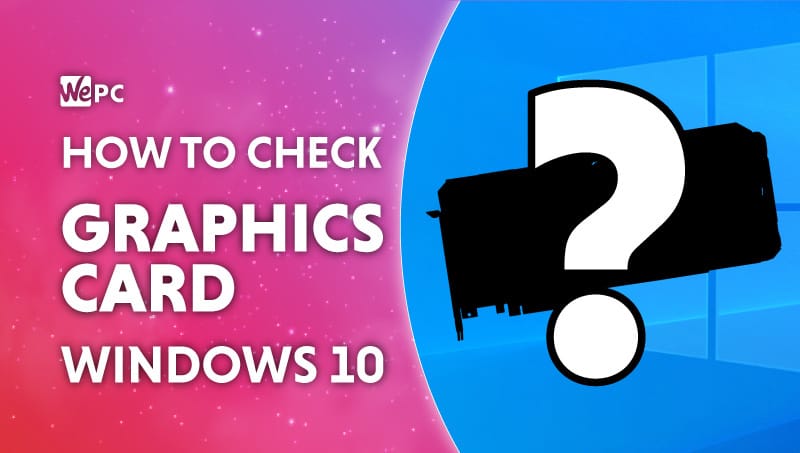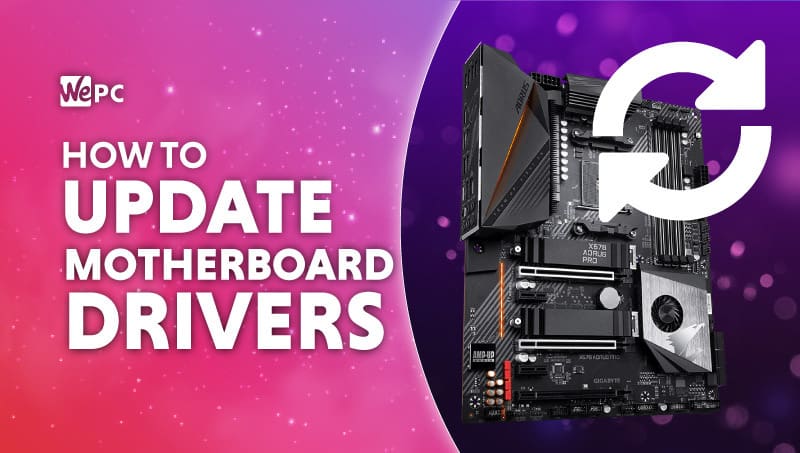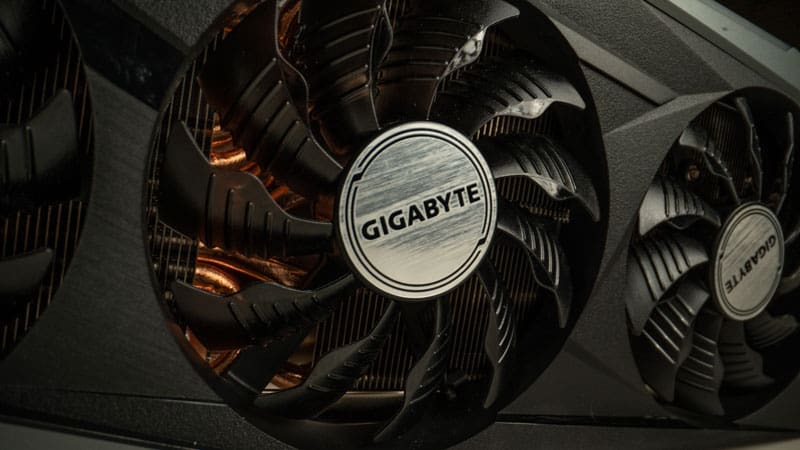After taking apart and tinkering with the home PC and other electronics, Seb went to study Mechanical Engineering at the University of Manchester to try and explore everything in parts. After he graduated he realised how different the adult world was and decided to pursue work in the tech industry after spending too much time playing games (mostly CS:GO), keeping up with everything tech, and being everyone's go-to for PCs.
WePC is reader-supported. When you buy through links on our site, we may earn an affiliate commission. Learn more
Last Updated:
Sometimes you need to find out what GPU you are running, so we will show you multiple methods on how to check your graphics card in Windows 10. If it’s for installing or updating your graphics driver or making sure you did get the best graphics card in your prebuilt. Knowing your specifications can be a useful bit of information and the GPU is one of the more important parts when you want to know what you’re working with.
Most of the time using your graphics card you won’t need to worry about what it actually is. But if you’re wondering if your PC can handle a game or software before you buy it is good to know if you can actually run it. Or if the card starts playing up and you want more specific help it is useful information to find more on or hand it over to another person. So we take you through multiple methods on how to find it, the topmost providing quick and easy but other methods providing more in-depth knowledge.
What graphics card do I have?
There are plenty of ways how to check graphics card Windows 10 so we have collated the best ones giving you plenty of ways to check your cards.
1
Offline physical check
Most of the graphics cards have a serial number on them somewhere. So if you have access to the physical card and it does have the serial number with the model name on it you can easily read it.
On our sticker, above the barcode it specifies the GPU model, which is the Geforce RTX 3070 Gaming X Trio.
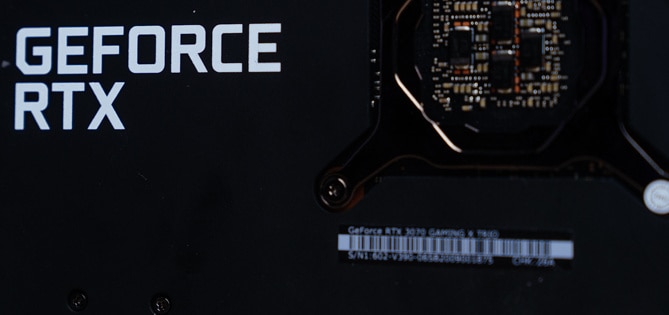
2
Task manager
If you’re in Windows 10 itself and want to find out from there one method is through Task manager. This is a simple and easy method that should allow you to see your graphics cards.
Step
1
Open task manager
There are multiple ways to open task manager. The quickest is by pressing Ctrl+Shift+Esc at the same time, which will immediately open it. Otherwise you can also right click the taskbar and open it through the menu that opens there.
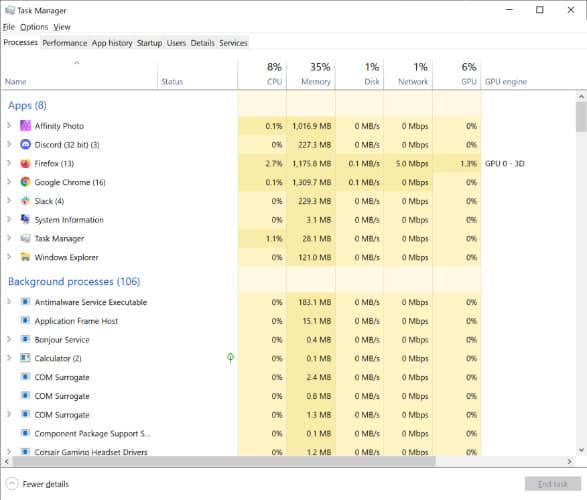
Step
2
Navigate task manager
When task manager is open you’ll need to click through to the performance tab at the top left of the window. There you can click through to the GPU and in the top right of that tab it should inform you what graphics card you are using.
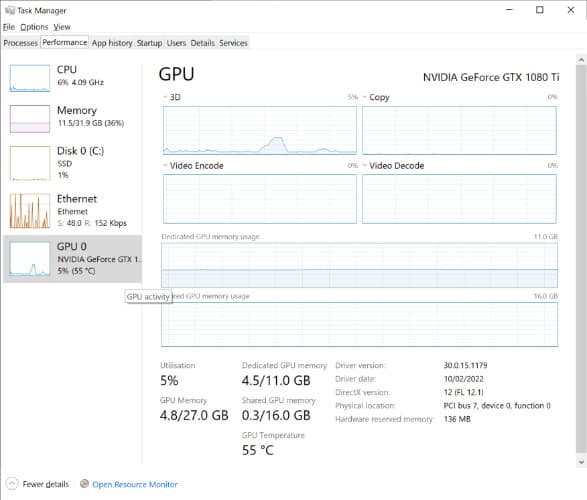
3
Use display settings
Another simple method that will show you the display adapter itself for the screen you select.
Step
1
Open display settings
The quickest way is to right click on your desktop and select display settings. The menu can also be found under settings and select system, giving you the display settings.
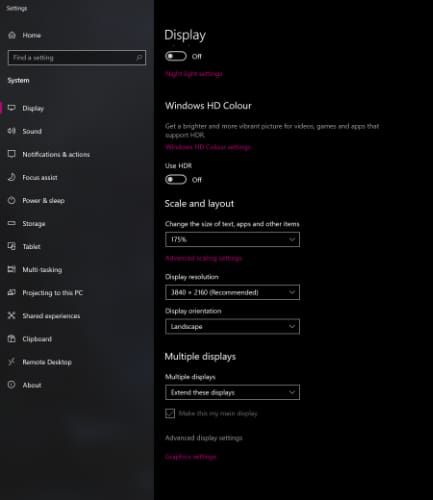
Step
2
Open advanced display settings
At the bottom of the display settings there will be the option for advanced display settings. This will open the menu containing the device for the display specifically.
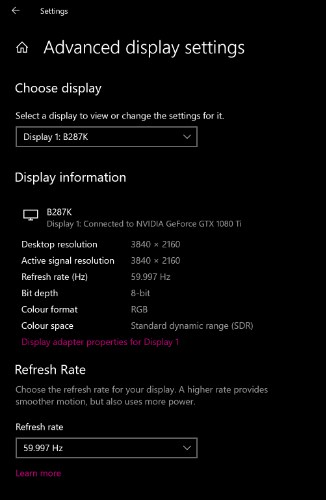
Step
3
Display adapter properties
Under display infromation it should tell you what graphics driver the display is connected to. But at the bottom you can get more informantion by opening the display adapter properties tfor the display. Opening this will give you plenty of information and options for the driver and card.
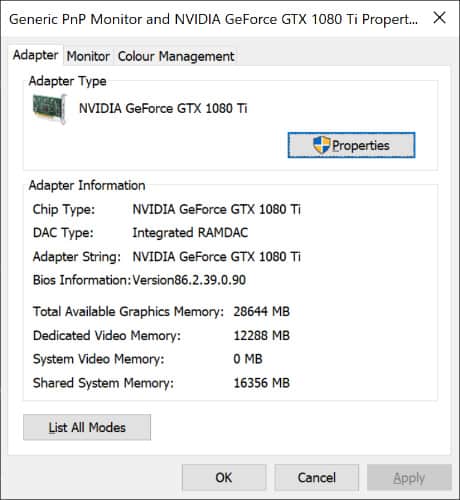
4
Use DirextX diagnostic tool
DirectX is a collection of programming interfaces (APIs) that allow programs to run using the graphics. They have an integrtated diagnostic tool that will allow you to check your gprahics card in Windows 10.
Step
1
Open the DirectX diagnostic tool
There are two main ways to open the DirectX deiagnostic tool. The first is to search in Windows “dxdiag” and that should bring up a command to run. Or you can open the run command by pressing WinKey+r or by searching run. In the run app you want to search for “dxidiag” and run it.
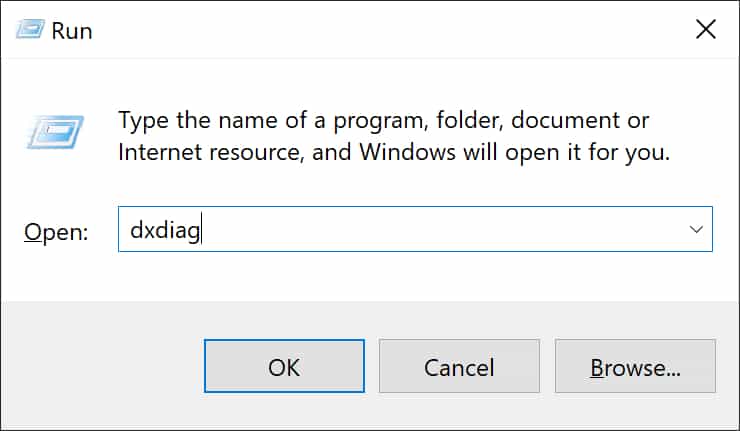
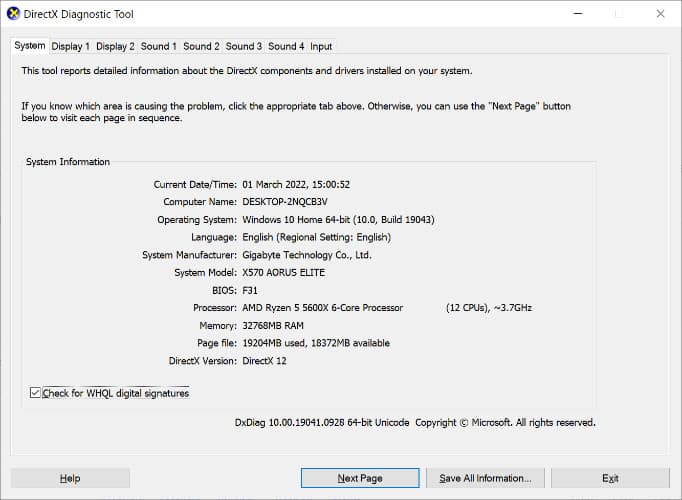
Step
2
Check the DirectX diagnostic display tab
In the diagnostic tool, head to the display tab. This will show you which GPU your display is connected to. It will also give you plenty of information about the card itself.
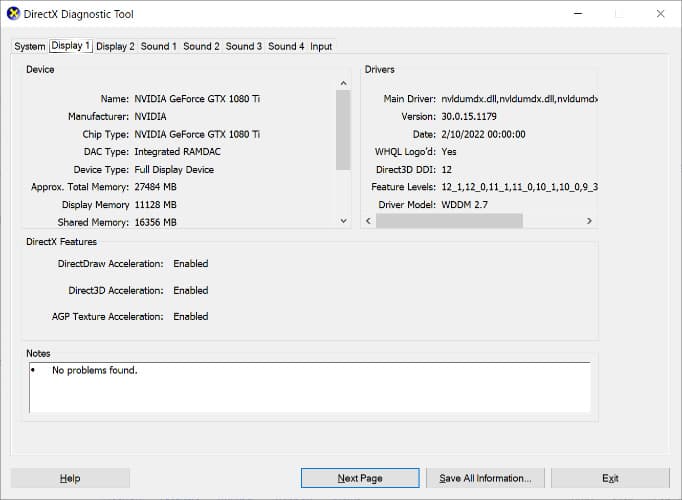
5
Use the device manager
Device manager lists all components and peripherals connected to your computer.
Step
1
Open device manager
To open device manager, right click on your Windows start button and select it from the menu that appears. Or you can also search for it in windows to find it.
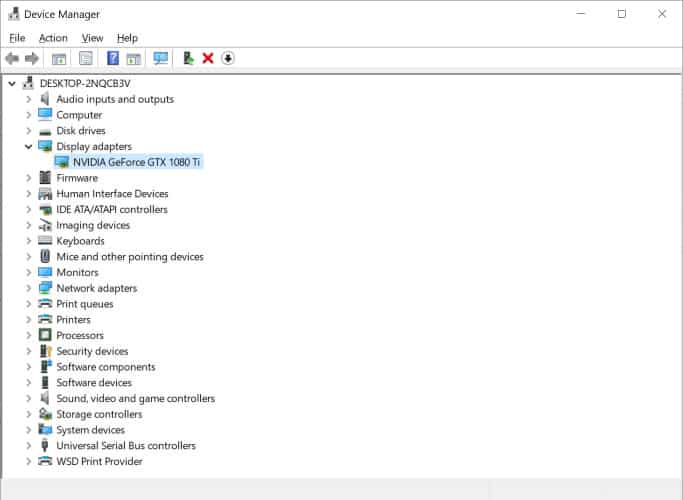
Step
2
Open display adapters
Under simply adapters you will find the connected video outputs. Whic you can also right click and find more properties about it.
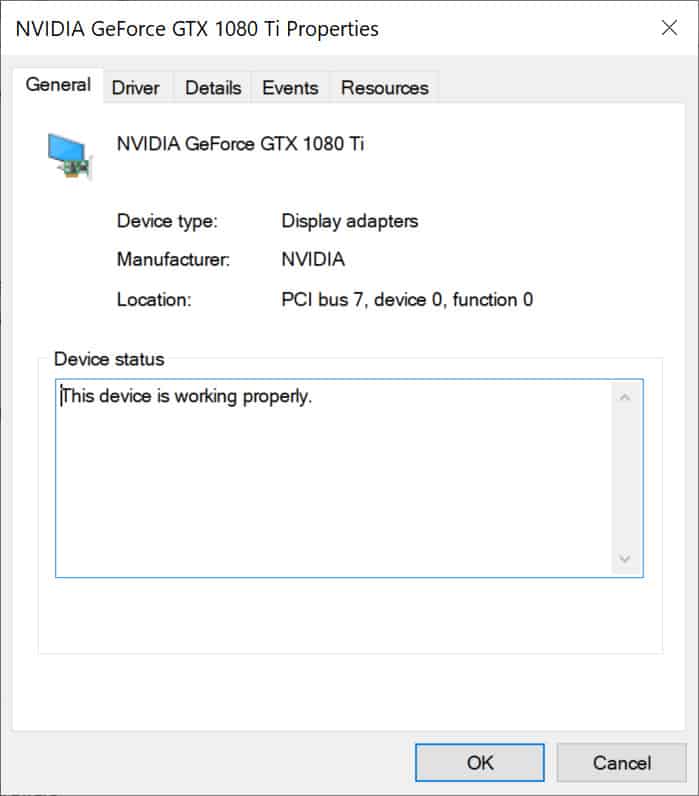
If the card is not fitted properly or the driver is not installed then the card won’t display properly.
6
Use GPU-Z
This last method is very extra and professional, it gives very specific details about your graphics cards. You will need to download GPU-Z and install it or run it. Which will show you the name and all the details about your graphics card. As well as showing off if the VBIOS has been flashed to pretend to be a different GPU.
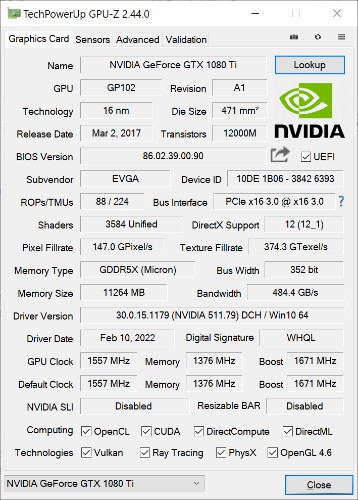
So there are many ways to check what graphics card you have. No matter if you have the best graphics card, low profile card, or a budget card. These will let you make sure you have what you asked for. Or if your prebuilt came with some unimpressive-looking card you can check it to be sure it is working as well as it should.

